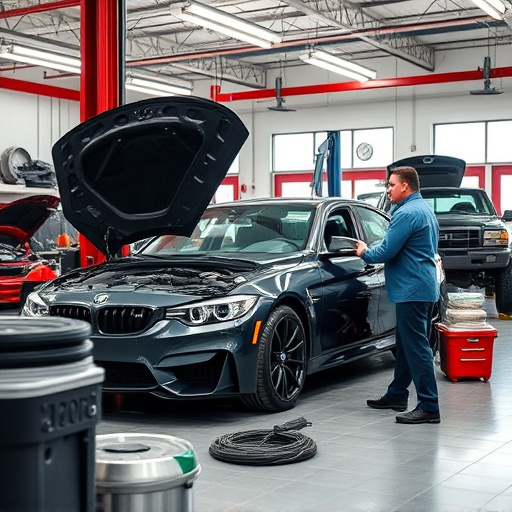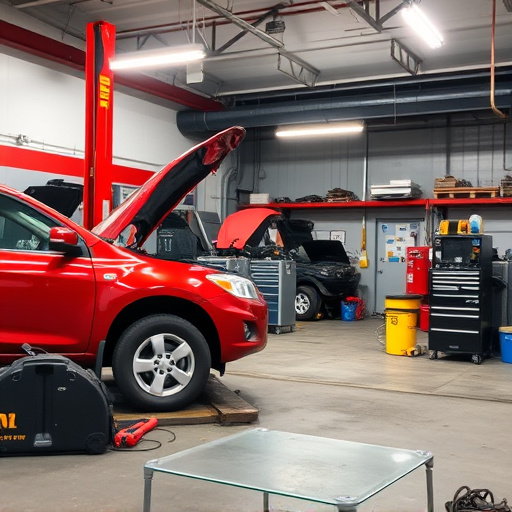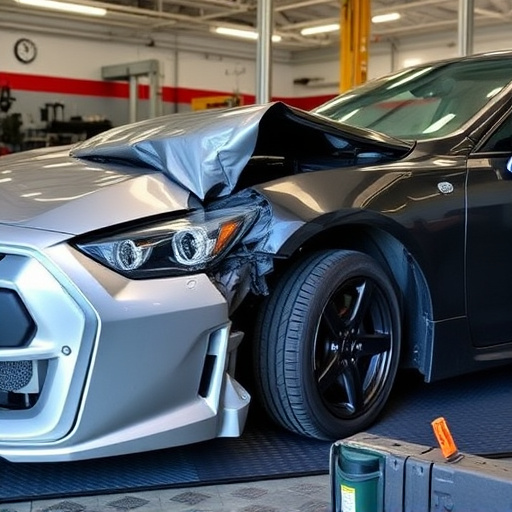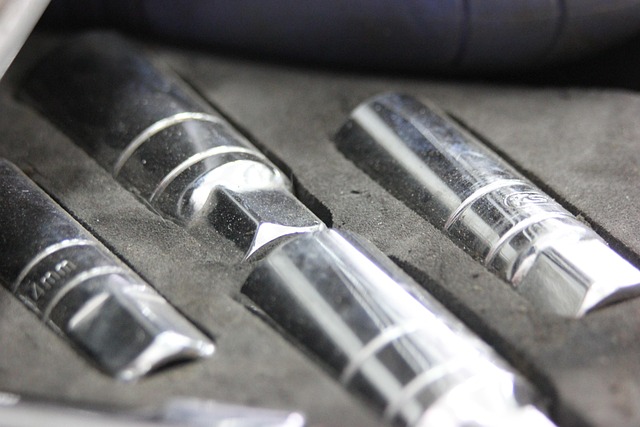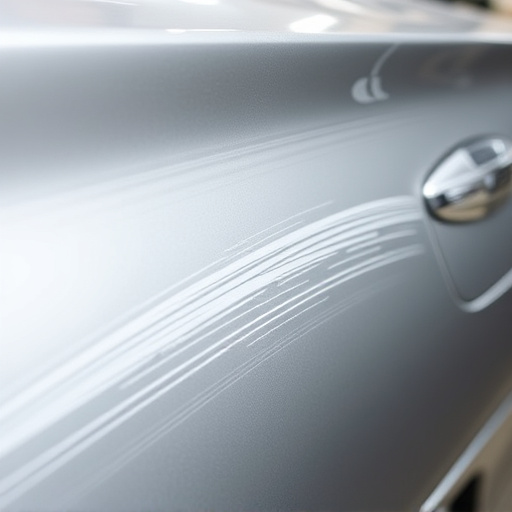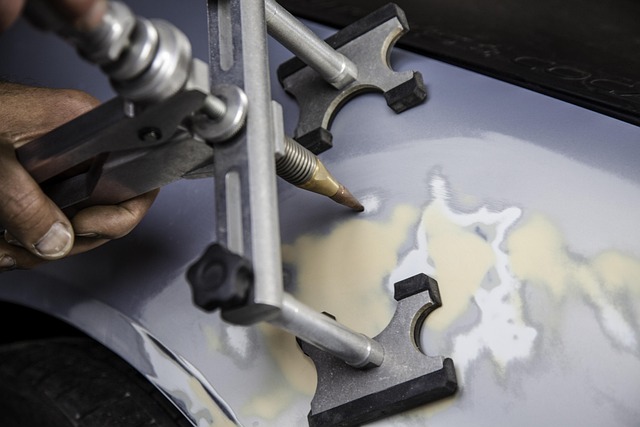Tesla carbon fiber repair demands specialized care due to composite material complexity. Advanced techniques, including temperature-controlled curing, restore structural integrity and aesthetics. This method is a game-changer for paintless dent repair, reducing downtime while maintaining eco-friendly practices. Skilled technicians follow detailed inspections, preparation, and precise application of resins under controlled conditions, emphasizing quality materials and adherence to manufacturer guidelines.
Tesla vehicles are renowned for their innovative design, including the use of carbon fiber composite materials. However, these advanced materials are susceptible to damage from impacts and environmental factors. This article explores the specialized approach to Tesla carbon fiber repair, focusing on temperature-controlled curing stages. We’ll break down the process, highlighting best practices to ensure structural integrity and aesthetic perfection for your electric vehicle. From understanding damage to mastering the cure, this guide covers all aspects of Tesla carbon fiber repair.
- Understanding Tesla Carbon Fiber Damage
- The Role of Temperature-Controlled Curing
- Step-by-Step Repair Process and Best Practices
Understanding Tesla Carbon Fiber Damage

Tesla carbon fiber damage can occur due to various reasons, from minor dents and scratches to more severe impacts that compromise the structural integrity of the material. Unlike traditional metal panels, carbon fiber composites are complex structures that require specialized care for repairs. A dent in a Tesla’s carbon fiber body panel might seem like a simple fix, but it necessitates a precise approach. The unique properties of carbon fiber, including its light weight and high strength, make it vulnerable to heat exposure during the repair process.
Proper understanding of Tesla carbon fiber damage involves recognizing that each impact can create different patterns of stress and strain within the composite layers. Auto body repair professionals must employ advanced techniques, such as temperature-controlled curing stages, to ensure the structural integrity of the repaired area. This meticulous approach goes beyond standard auto painting or dent removal procedures, demanding a deep understanding of materials science to match the exceptional performance characteristics of Tesla’s carbon fiber components.
The Role of Temperature-Controlled Curing

In the meticulous art of Tesla carbon fiber repair, temperature-controlled curing plays a pivotal role in achieving optimal results. This precise process ensures that the composite material sets uniformly, eliminating the risk of structural weaknesses or imperfections commonly associated with standard curing methods. By meticulously managing the temperature and humidity during each stage, technicians can restore damaged carbon fiber panels to their original strength and aesthetics, making them virtually indistinguishable from the vehicle’s pristine factory finish.
For car collision repair enthusiasts, this advanced technique offers a game-changer in paintless dent repair approaches. Unlike traditional collision repair centers that rely on lengthy and energy-intensive curing processes, temperature-controlled curing allows for quicker, more efficient repairs without compromising quality. This not only reduces downtime for Tesla owners but also enhances the overall sustainability of the process, aligning with the brand’s commitment to eco-friendly practices.
Step-by-Step Repair Process and Best Practices

Step-by-Step Repair Process and Best Practices for Tesla Carbon Fiber Repair
The Tesla carbon fiber repair process involves several meticulous stages designed to restore the vehicle’s composite panels to their original condition. It begins with a thorough inspection to identify the extent of damage, followed by careful preparation of the affected area. This includes removing any debris or loose fibers and applying a compatible primer to ensure optimal adhesion for subsequent repairs. The heart of the process lies in using temperature-controlled curing stages, where specialized resins are precisely heated to facilitate their setting and strengthening.
Best practices dictate a clean, controlled environment free from contaminants that could hinder the repair. Using high-quality materials and tools is paramount, ensuring precision during the repair and enhancing long-term durability. Skilled technicians should follow manufacturer guidelines for curing times, as deviating from these can compromise structural integrity. Regular checks during the curing process are crucial to prevent overshooting ideal temperatures, thus maintaining the composite’s mechanical properties. Finally, once cured, careful finishing touches complete the Tesla carbon fiber repair, ensuring a seamless blend with the vehicle’s original body work, delivered through expert body shop services and collision center expertise.
Tesla carbon fiber repairs, utilizing temperature-controlled curing stages, offer a cutting-edge solution for restoring damaged vehicle components. By understanding the specific needs of carbon fiber, such as precise temperature control during the curing process, professionals can achieve superior results that match the original material’s strength and aesthetics. This advanced repair method not only ensures the structural integrity of Tesla vehicles but also maintains their sleek, modern design, making it an optimal choice for meticulous car owners.






